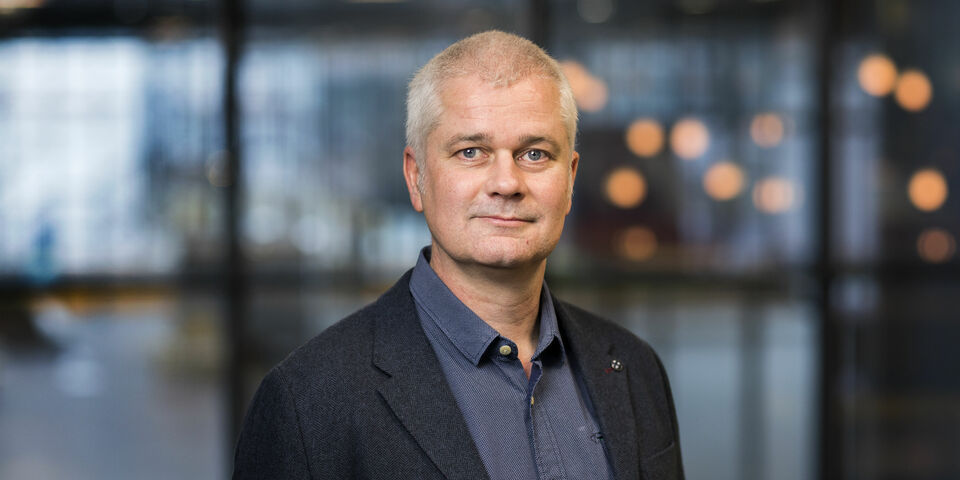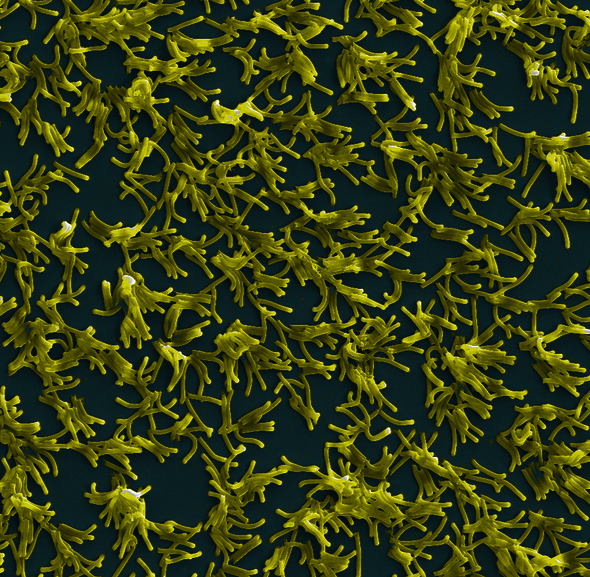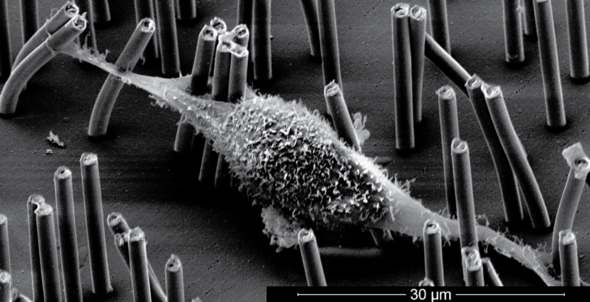Last week, the European Research Council awarded twenty different kinds of grants – totaling 120 individual grants for this round – to scientists at Dutch research institutions. The ERC Proof of Concept grants enable head researchers funded by ERC to take the step from groundbreaking research to the first phases of a commercial or social project.
Jaap den Toonder, full professor of Microsystems at the Department of Mechanical Engineering, received a three million euro ERC Advanced Grant in 2019, for research into artificial microcilia. These artificial cilia were inspired by the natural cilia found in biology, for instance in our lungs where they remove mucus. By using a magnetic field to control the motion of artificial cilia, you could make them pump fluids in a microdevice, Den Toonder says. “We want to integrate the cilia in a microchannel, making an external pump – which you have to hook up to your channel with hoses – obsolete. The idea is to develop this idea into a commercial micropump that is easier and more flexible to use, initially for application in Organ-on-a-Chip (OoC). These advanced cell culture models are based on microfluidic devices.”
With OoC, Den Toonder wants to mimic the functioning of human organs, and the development of diseases in those organs, in the lab. “OoC can be used to gain a fundamental insight into the development of diseases, but also to test the functioning of possible medicines. Controlled pumping of fluids in OoC is not only important to get nutrients and medicines to the cells, but is often also relevant from a physiological perspective. Take blood circulation, for instance. This is what we are trying to accomplish in a user-friendly manner with our cilia micropump.”
Over the past years, Den Toonder’s research group worked on optimizing the minute artificial cilia, whose lengths vary from 10 micrometers to hundreds of nanometers. And they were successful. “We can make the cilia move in different ways, allowing them to transport particles or ‘wipe clean’ a surface, among other things. We’ve even made walking microrobots, with the cilia functioning as legs. We’re also working on cellular models: we can grow cells on our cilia and investigate how those cells react to the local forces we can apply to the cells with the cilia.”
So a lot can be done with the artificial microcilia already, Den Toonder stresses. “Using the ERC Proof of Concept grant, we now want to look into teaming up with business to develop a micropump prototype and create a startup that can bring this pump to the market.”




Discussion